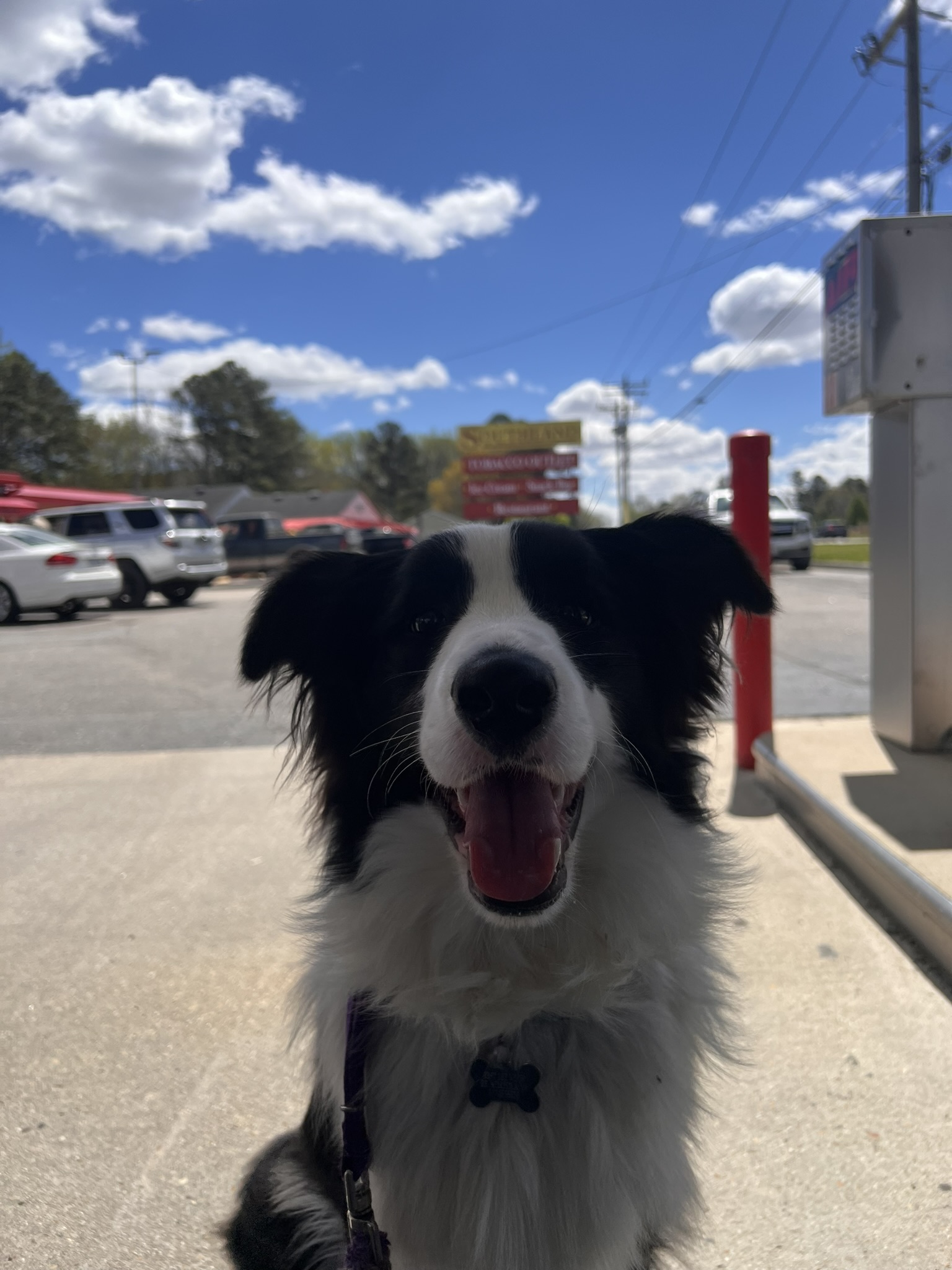Training your dog isn’t just about teaching fun tricks—it’s about giving them the tools they need to safely and confidently navigate the world. Whether you’re in a busy urban environment or enjoying a quiet nature trail, certain life skills are essential for your dog to live happily and safely. These fundamental behaviors not only make your life easier but also enhance your dog’s well-being and confidence.
In this blog post, we’ll cover the top five essential training cues and behaviors that every dog should master to thrive in the real world, including recall, leash walking, and focus.
Why Real-World Training Matters
Every day, your dog encounters different situations that require quick, clear responses. From encountering other dogs on walks to staying calm in a crowded area, real-world training teaches your dog how to behave safely and confidently in various environments. Proper training minimizes risks, like running into traffic or becoming overwhelmed in new surroundings, while helping to foster a stronger bond between you and your dog.
 1. Reliable Recall: Coming When Called
1. Reliable Recall: Coming When Called
One of the most critical life skills for any dog is the ability to come when called—also known as recall. Whether your dog is off-leash at the park or gets loose accidentally, a solid recall can prevent dangerous situations and keep your dog safe.
How to Teach Recall:
- Start Indoors: Practice in a quiet environment with minimal distractions, using treats and praise to encourage your dog to come to you.
- Use High-Value Rewards: The reward must be something your dog really loves, like a favorite treat or toy, so that coming to you is more appealing than whatever else they might be focused on.
- Gradually Increase Distance and Distractions: Once your dog reliably comes indoors, practice in the yard, at the park, and eventually in more challenging environments.
 2. Loose Leash Walking:
2. Loose Leash Walking:
Walking on a loose leash is another fundamental skill that allows you to enjoy walks without your dog pulling or straining. Good leash manners make walks enjoyable for both you and your dog while reducing stress and potential injuries to both of you due to pulling.
Tips for Teaching Loose Leash Walking:
- Start with Short Sessions: After wearing your dog out a bit with some physical exercise like fetch, begin with short, focused walks, rewarding your dog for staying by your side and maintaining a loose leash.
- Stop When They Pull: If your dog pulls ahead, stop walking and wait until they return to your side before continuing. You can also turn and go the opposite direction whenever the leash gets tight, rewarding your dog for the steps they’re at your side.
- Use Rewards and Reinforcement: Carry treats and reward your dog for checking in with you, walking calmly by your side, or maintaining a loose leash.
 3. Focus and Attention: The “Look at Me” Cue
3. Focus and Attention: The “Look at Me” Cue
Teaching your dog to focus on you—especially in distracting environments—is a critical skill for maintaining control and ensuring their safety. The “look at me” cue helps your dog reorient their attention to you in the presence of distractions, like other dogs, cyclists, or loud noises.
How to Build Focus:
- Start Small: Begin in a quiet environment, say “look at me.” Reward when your dog makes eye contact.
- Gradually Increase Distractions: Slowly introduce distractions, rewarding your dog each time they choose to focus on you instead of their surroundings.
- Consistency: Practice this skill regularly, especially before entering highly stimulating environments, like busy streets or dog parks.
4. Sit and Stay: Essential for Impulse Control
Sit and stay are foundational cues that teach impulse control and patience. These cues are incredibly useful in real-world scenarios, like waiting at street crossings, during greetings, or when you need your dog to remain in place while you attend to something else.
Training Tips for Sit and Stay:
- Teach Sit First: Start by teaching your dog to sit on cue. Reward them every time they respond correctly.
- Introduce Stay Gradually: Once your dog has mastered sit, add the stay cue, gradually increasing the duration before rewarding. Begin with just a few seconds and work your way up to longer stays.
- Practice in Different Environments: Ensure your dog can sit and stay not just at home, but also in other settings and where distractions may be present.
5. Leave It: Preventing Accidents and Unsafe Behavior
The leave it cue is essential for keeping your dog safe, especially when they encounter something dangerous, like discarded food or a potentially harmful object. Teaching your dog to “leave it” on cue gives you the control to prevent them from ingesting or interacting with unsafe items.
How to Teach Leave It:
- Start with Treats: Hold a treat in your hand, say “leave it,” and when your dog moves away from the treat, reward them with a different treat from the other hand.
- Increase the Challenge: Over time, place treats or toys on the ground and practice the leave it command, rewarding when your dog resists the temptation.
- Use in Real-Life Situations: Once your dog understands leave it, practice in real-world environments, like walks or outdoor areas, to reinforce the behavior and generalize it to other environments.
Conclusion: Preparing Your Dog for Real-World Success
Training your dog with these essential life skills will not only help them stay safe but also ensures they are confident and well-behaved in any situation. Consistent practice of recall, loose leash walking, an attention cue, sit and stay, and leave it will make your dog’s experiences in the real world smoother and more enjoyable. These cues provide you with better control while allowing your dog the freedom to explore and engage with the world around them safely. Need help? Contact us to get your training journey started.

